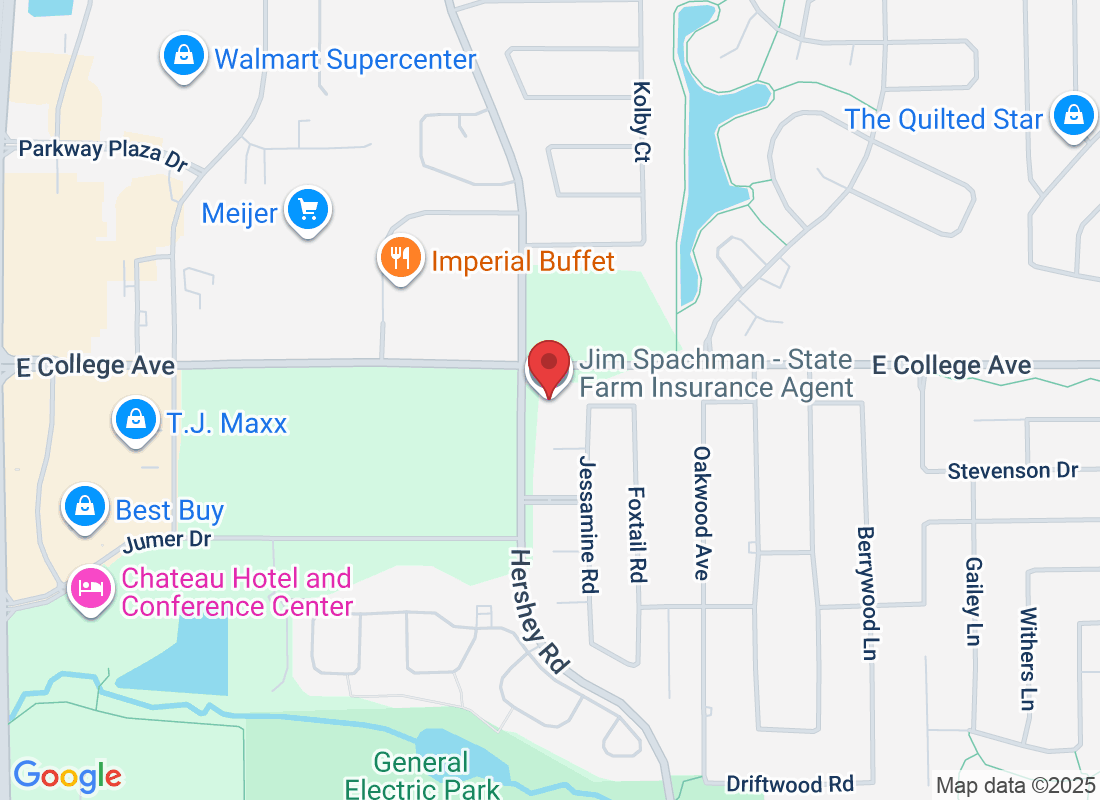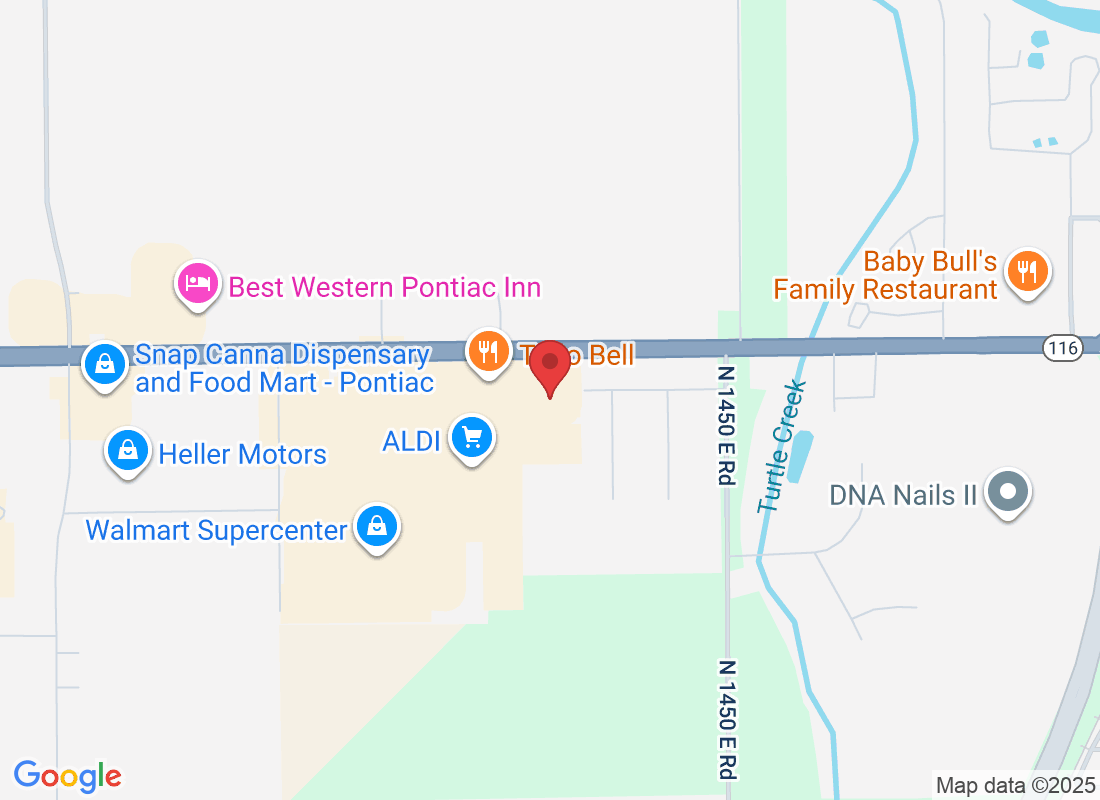
Flat Feet in Kids: What’s Normal and What Needs Help
The quick take
Most toddlers and young kids look “flat-footed.” That’s normal. Arches usually show up as the feet and leg muscles get stronger, often between ages 6–10. If your child has no pain and plays like usual, you can simply watch and support. If there’s pain, tripping, quick shoe wear, or tired legs, it’s time to check in.
Why do so many kids look flat-footed?
Baby fat pads and flexible joints make the arch look flat.
As kids grow, muscles and tendons tighten and strengthen, and the arch often appears on its own.
Many children have flexible flat feet, which means an arch shows when they stand on tiptoes.
What’s normal?
Feet look flat when standing but an arch appears on tiptoes.
No pain during play, sports, or walking at the mall.
Normal stamina—they keep up with friends.
Shoes wear out evenly (not just on the inside edge).
Signs your child may need help
Call us if you notice any of these:
Foot, ankle, knee, or shin pain—especially after activity
Frequent tripping or a clumsy, “tired” walk
Early or uneven shoe wear (inside edge worn down)
Avoids running or asks to be carried after short walks
Stiff feet (arch does not appear on tiptoes)
Toe-walking, or feet that turn in a lot
A family history of severe flat feet or surgeries
A simple at-home check (the “tiptoe test”)
Have your child stand flat on the floor—look for an arch.
Ask them to stand on tiptoes while holding a chair for balance.
If an arch appears, the foot is likely flexible.
If it doesn’t, or this causes pain, schedule a visit.
Helpful shoes and everyday tips
Choose shoes with a firm heel counter (the back of the shoe should not bend easily).
Look for a flexible forefoot (bends at the toes, not the middle).
Replace shoes when they’re too small or unevenly worn.
Encourage barefoot time at home on safe, flat surfaces to build foot strength (if pain-free).
Add over-the-counter arch supports if your child gets tired feet—stop if they hurt.
How we help at Premier Podiatry
Our podiatry team focus on comfort, alignment, and confidence so kids can play without pain.
Careful exam and gait check: We watch how your child stands, walks, and runs.
Imaging only if needed: X-rays help when we suspect stiff joints or other issues.
Custom or pre-fab orthotics: Gentle support for arches and heels to ease pain and improve alignment.
Stretching and strength plan: Simple moves for calves, hips, and feet (often 5–10 minutes a day).
Activity guidance: Sport and recess are usually fine—we show how to pace and warm up.
Follow-ups: We adjust as your child grows.
Surgery for flat feet in kids is rare and usually only considered for stiff, painful feet that don’t improve with care.
What to expect at the first visit
Friendly chat about pain, sports, and shoe wear
Tiptoe and squat tests, balance check, and arch look
Clear plan: shoes, supports, stretches, and when to recheck
Time for your questions—bring the shoes your child wears most
FAQs
Will my child’s arches form later?
Often yes. Many kids’ arches appear by ages 6–10. We keep an eye on comfort and function while they grow.
Do orthotics make the arch grow?
Orthotics reduce pain and fatigue. They don’t “force” a new arch, but they can help kids move and play without aches.
Is running safe with flat feet?
Yes—if there’s no pain. If running hurts, we adjust shoes, add supports, and use a short strength plan.
When should I worry?
If your child has pain, stiff feet, or frequent tripping, or if the arch never appears on tiptoes, come in.
Bottom line
Flat feet in kids are often normal. Pain or problems with play are not. If you’re unsure, we’re happy to take a look.
Call Premier Podiatry to schedule with Dr. Scott O’Connor. We’ll make a simple plan so your child can move, play, and grow with happy feet.




